Alaska 2024 - Day 8 Inside Passage

16 August 2024
Day 8 found us cruising the Inside Passage again. Wait, didn't we just do this the day before last?
Yup. We set sail for another trip though the Inside Passage around 6:00 PM on the 15th and were well on our way up by Friday morning. The views during daylight were spectacular again, when we were close enough to see the shore.
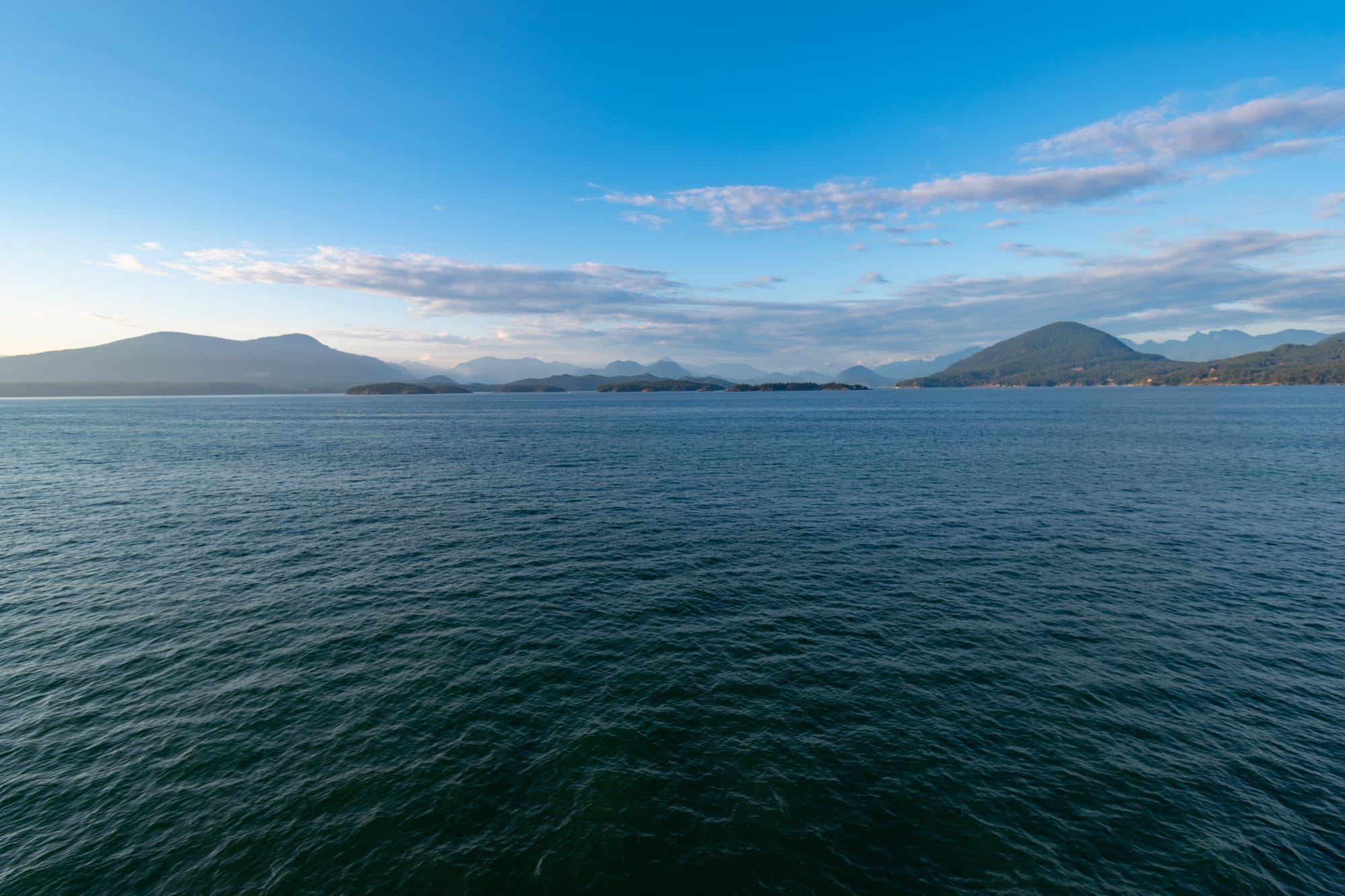
The routine of another at sea day gave me the opportunity to read some more of the book my Brother, Taggard, gave me when we saw him in Seattle on the way to our cruise. "Alaska's Inside Passage," by Dale Pihlman.
He describes the inside passage as an area of waterways, shoreline, and mountains, abounding in plant and wildlife. The Sitka Spruce, Alaska's state tree, coating the mountain sides from shoreline to the edge of the treeline, along with Western and Mountain Hemlock, Western Red Cedar, Alaska Yellow Cedar, and Bull Pine. Wildlife including Black and Brown Bears, Alexander Archipeligo Wolves, Sitka Black Tail Deer, and River and Sea Otters. We saw only a fraction of the wildlife that lives in the area throughout our cruise, but each sighting was awesome!
One part of the book that caught my eye involved a tragedy that occurred in an area of the Inside Passage now named Poison Cove.
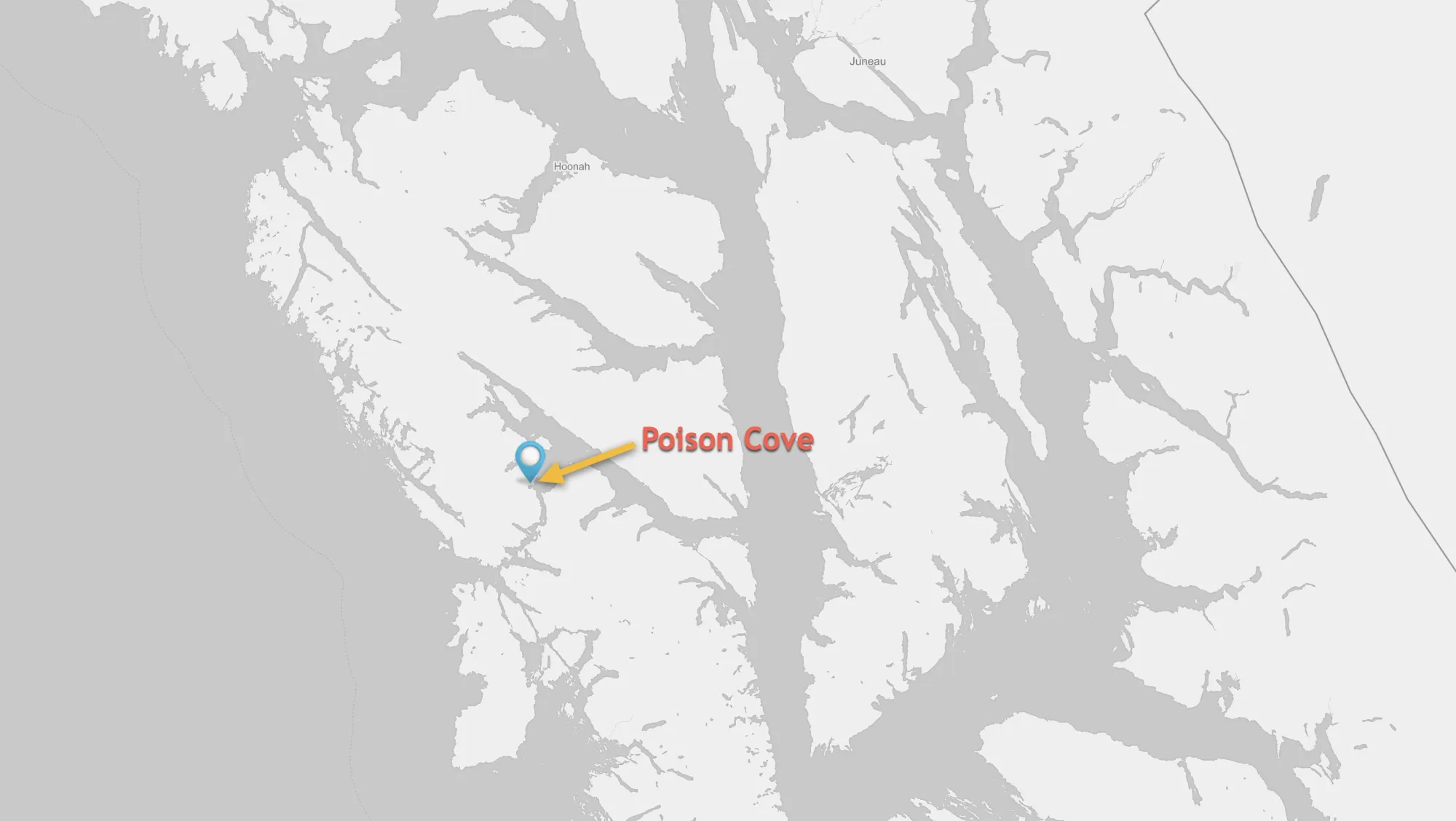
The Author described how, in 1799, a Russian led sea otter hunting party of 115 Aleut hunters died of Paralytic Shellfish Poisoning (PSP) after eating contaminated bi-valves (clams and related shellfish). The bi-valves filter the water constantly to obtain their food, and sometimes, the water is carrying a kind of plankton that generates a potent neurotoxin. It doesn't harm the shellfish, but collects in high concentrations within them, until the plankton bloom subsides and enough time has passed for the food filtering process to clear out the toxin. The toxin is 1,000 times more potent than cyanide!
The indigenous people living in the area knew when it was and wasn't OK to eat the local shellfish. The takeaway for me was, consult the local people when venturing into an unknown environment.
The reason Alaskan fjords are so much more tree covered than Scandanavian fjords is also interesting. The glaciers that gave birth to the fjords scraped away almost all of the soil that was there, leaving mostly barren rock. The amount of rainfall the Alaskan fjords receive, over millennia, has allowed the life cycle of the lichens and mosses, then shrubs, then trees, to rebuild a layer of top soil over the rock, permitting the growth of the lush forests seen today.
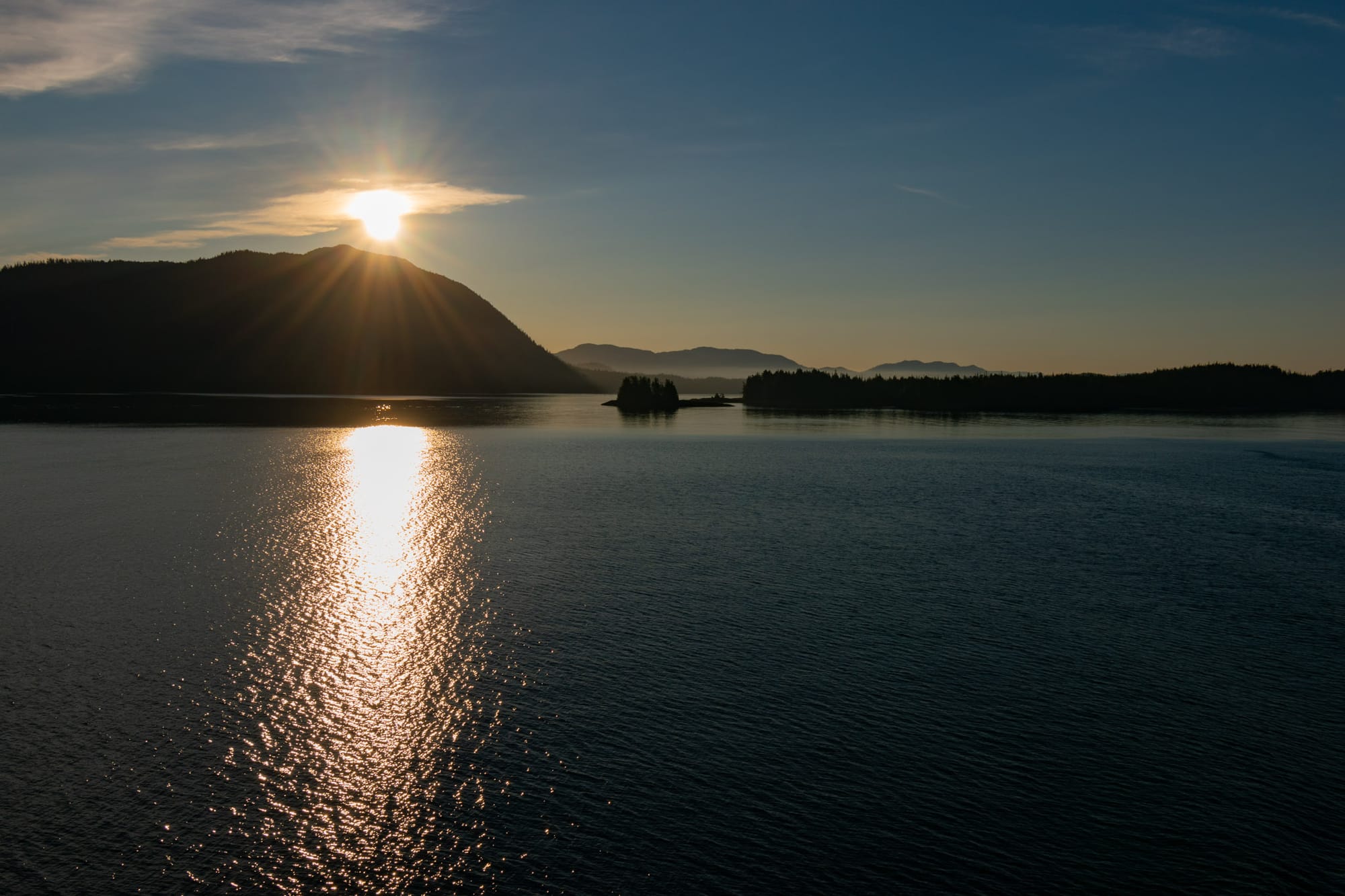
Back in the real world, the seas were a little rougher for some of this leg of our voyage. Swells were 2 meters (about 6 feet). The stabilizers help greatly for managing port to starboard (left to right) motion, but aren't able to do much for the bow to stern travel.
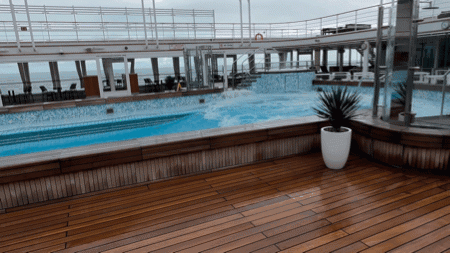
Overnight, I felt relaxed, with the waves rocking me to sleep. We had mad our cabin sea-ready, taking things off counter tops, and placing them closer to the floor, in drawers or bins.
I was really happy to find out I'm still not very prone to sea sickness. Galina didn't enjoy it as much. She was kind of anxious because of the motion. She was able to sleep well though, and we were both relieved to find that she also doesn't get sea sick too easily.
If you find yourself on a ship that's in heavy seas, and you figure out you are vulnerable to sea sickness, here are a few tips from a retired sailor.
- Be in a place where you can see outside. Matching up the visual queues with the motion your inner ear is detecting seems to reduce the severity a bit.
- Try to stay relatively low on the ship, and about in the middle.
- Even if you can't eat, try to stay hydrated.
- I've heard modern medications work well, and they're available in the ship's store.
I did another bridge tour, but the new Captain didn't allow video's, only photo's. It was really similar to the first tour and Galina skipped it.
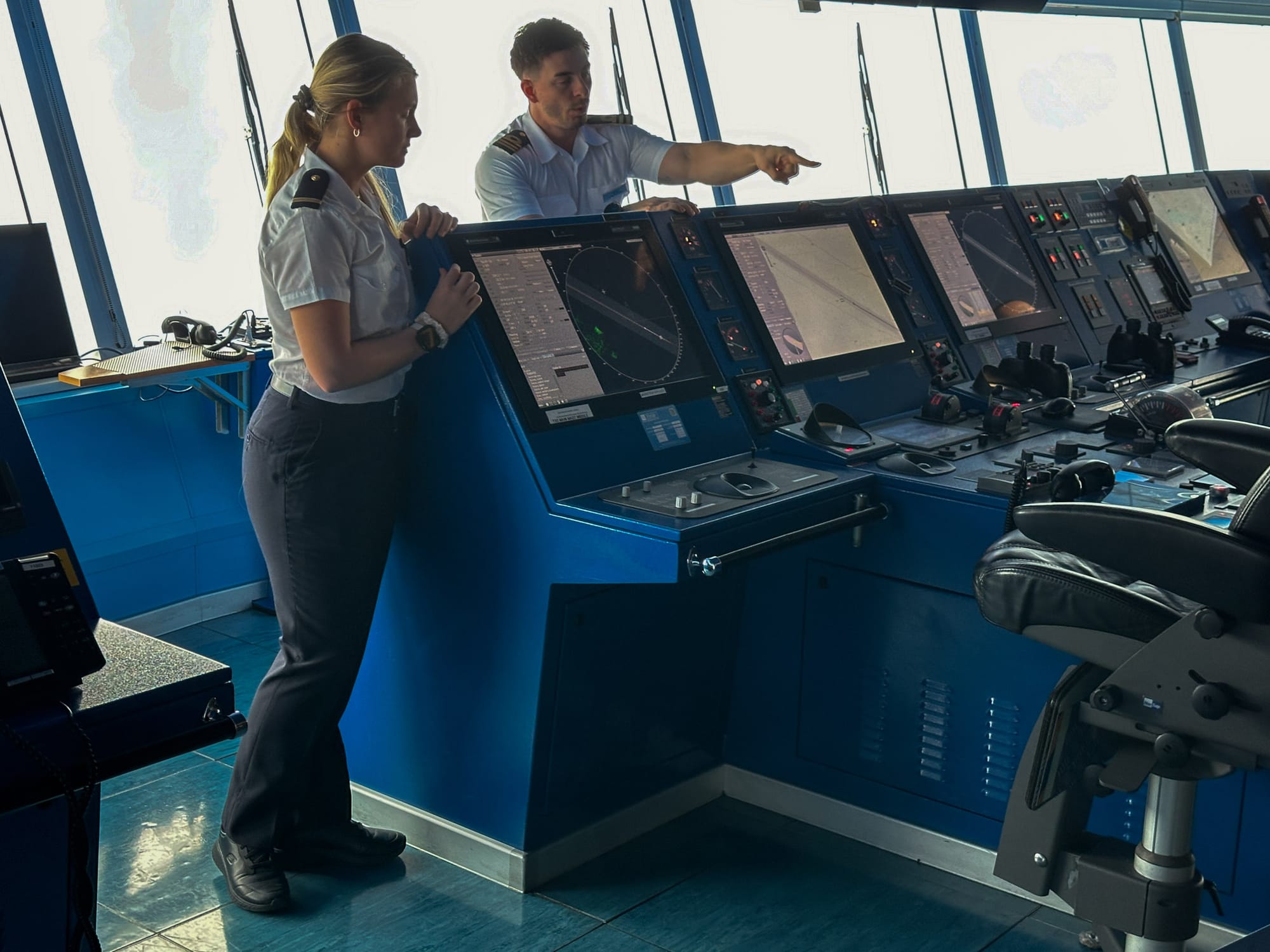
We enjoyed the routine of another at sea day, and prepared for our next port, Ketchikan!
Book citation:
Pihlman, D. (2018). "Alaska's Inside Passage". Publishing Partners.
